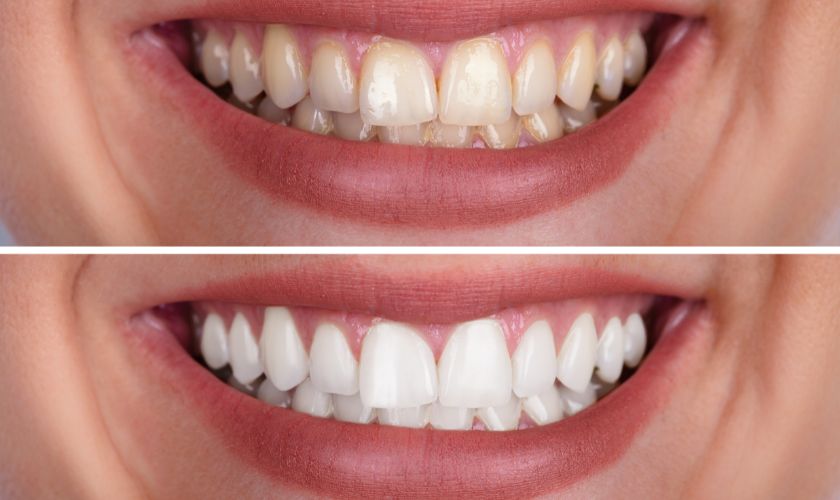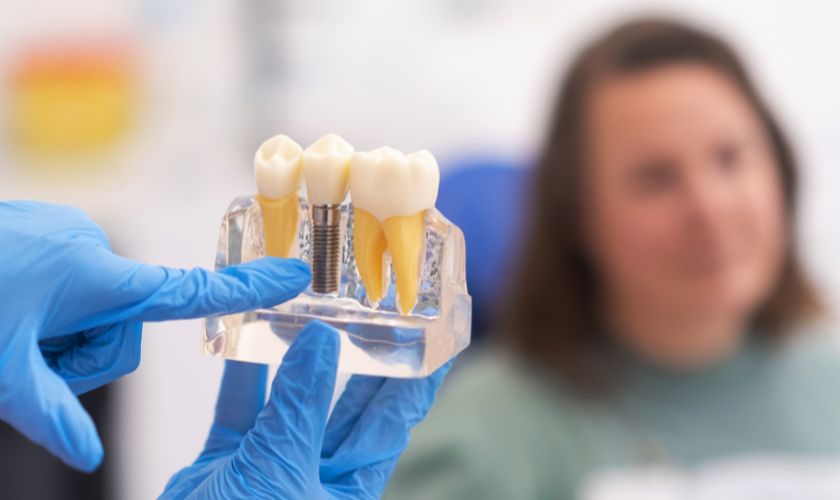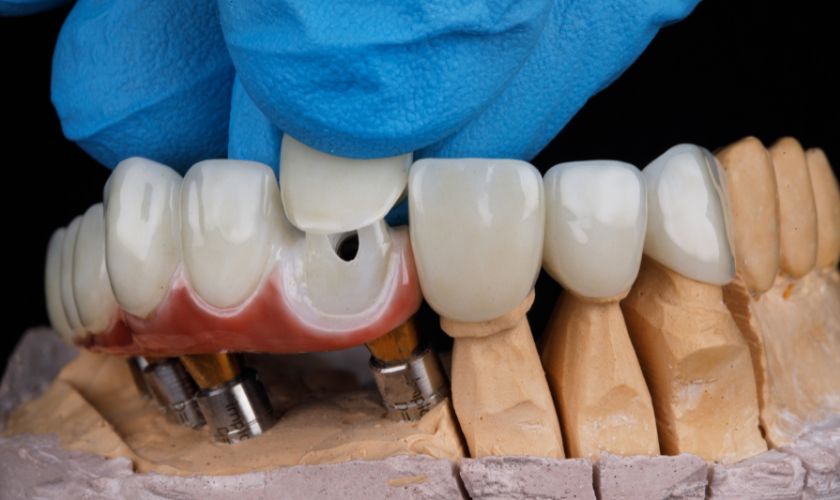503-590-7574
New Study Shines Light on Causes of Oral Cancers
November 16, 2014
Blog

In recent years, a growing amount of research has found compelling links between oral disease and a number of long-term health conditions. Researchers have discovered previously unknown connections between gum disease and such chronic diseases as heart disease, obesity, diabetes, and even some forms of cancer. from your choice for family dentistry in Beaverton, we delve into a new study that has found a new link between mouth and body that potentially shows a connection to an increase risk of cancer regardless of the presence of gum disease.
According to researchers, nonsmoking patients suffering from oral cancers were more likely than smokers to develop tumors in areas of the mouth associated with chronic dental trauma.
A New Connection
Researchers from the Princess Alexandra Hospital in Queensland, Australia began their study by setting out to examine whether the location of oral cancers dramatically differ in patients who did and did not smoke.
The researchers began their analysis by examining data from 724 patients, 390 of which suffer from oral cancer and 334 of which had oropharyngeal cancer. Patients examined in the study underwent treatment for their disease between 2001 and 2011. The majority of patients suffering from oral (65 percent) and oropharyngeal cancer (79 percent) were men.
Researchers determined that 22 percent of the total patients involved in the study that suffered from oral cancer were nonsmokers, and the majority of those in that group were women. Researchers determined that 14 percent of patients suffering from oropharyngeal cancer were nonsmokers, the majority of which (75 percent) were men.
Among former and current smokers, oral cavity lesions developed more frequently in women than men (61 percent to 39 percent). However, in the nonsmoking group, oral cavity lesions developed more frequently in men (72 percent to 28 percent).
Common areas of the mouth were oral cancers developed in both nonsmokers and smokers included the lateral tongue, alveolar ridge, floor of the mouth, retromolar trigone and buccal. So called edge-of-tongue tumors –an area typically associated with oral trauma – developed significantly more often in nonsmokers than smokers (66 percent to 34 percent).
Larger tumors found on the floor of mouth region and surround tissue were more frequently recorded among smokers than nonsmokers.
Floor of mouth and gingival lesions – which could be linked with denture rubbing – were more common in senior patients. Additionally, 26 patients had tumors near dental abnormalities.
This study marks the first time researchers have looked specifically at the possible role dental trauma plays in oral cavity carcinogenesis, according to investigators. While researchers admitted that their study does not conclusively prove cause and effect between oral trauma and cancer development, they do believe compelling enough evidence has emerged to warrant further investigation.
Recent Posts

Maximizing Recovery: Dos and Don’ts Following Tooth Extraction

What is the Best Method to Whiten Teeth?

When Should You Schedule an Oral Cancer Screening?

What Are The 3 Types of Dental Implants?

